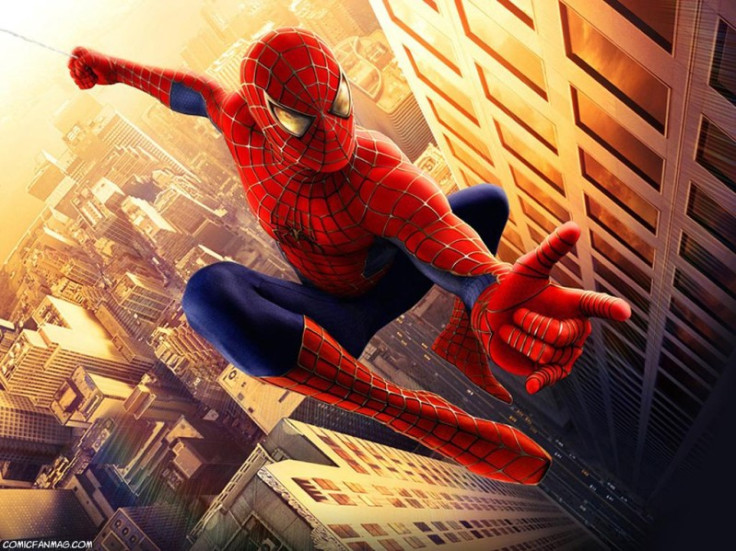Oxford University professor Fritz Vollrath light-heartedly examines plausibility of Spider-Man

If a man who is bitten by a spider and inherits the insect's capabilities was not implausible enough, the good folks at Oxford University have made a move to reassure the public that Spider-Man is in fact unrealistic as they have determined his silk would not be able to hold his weight.
Professor Fritz Vollrath of Oxford University's Department of Zoology, whose research team specialises in the properties of spider silk, analysed the Marvel character's activities and compared it to that of real spiders and said the silk would not be powerful enough when compared to any other spider living today.
Explaining Spider-Man's powers in a scientific way, Vollrath said: "Silks are a diverse group of filamentous materials produced by a range of arthropods, which have independently evolved both the material and its various uses starting approximately 400 million years ago. All silks are protein polymers that rely on extrusion spinning to activate the correct chemical processing pathway, which guides the gel-like precursor, dope, to largely self-assemble into the solid fibre we call silk."
"Thus, unlike other biopolymer protein complexes such as collagen, keratin and cellulose, which are assembled into their tertiary and quaternary conformations during a growth process, silks are not grown but spun using flow elongation and shear-force-fields in combination with chemical primers to initiate molecular self-assembly," he added as part of a special "on-screen" edition of The Biochemist, the Biochemical Society's magazine.
Turning his attention to the speed in which Spidey can whip up a web, Vollrath continued: "In-depth analysis of an extensive online database of video imagery, as well as background visual literature (commonly called comic strips), confirms that Spider-Man seems to shoot filaments from the wrist.
"This immediately raises a number of questions. Firstly, where are the silk glands situated? As silk dope takes time to synthesise, these glands must be rather bulky to hold sufficient material to allow at least a day's travel – ie comparable to a spider, who starts her work with a web's worth of material in storage." He concludes that the superhero's silk glands must be located in his thorax.
'It is important to note that Spider-Man, like spiders, has bilateral symmetry – and, in consequence, the ability to produce a double thread. However, unlike spiders, which always produce a double thread (each with the ability to singly hold the animal's weight, as an extra safety feature), Spider-Man more often than not shoots only from one wrist," he said.
"This behaviour, to me, appears to be highly cavalier, if there are no extra safety features integrated into the thread. What would happen if, for example, a point impurity were to very locally weaken the intra and inter-molecular interaction between the silk proteins?
"As is well known in fracture mechanics, the weakest link in a chain determines its overall strength. In any case, Spider-Man has survived despite this apparent lack of concern for safety margins, so we have to assume the existence of some highly sophisticated quality control system by or near the wrist-nozzle, or the duct linking the nozzle and the silk gland."
© Copyright IBTimes 2025. All rights reserved.






















